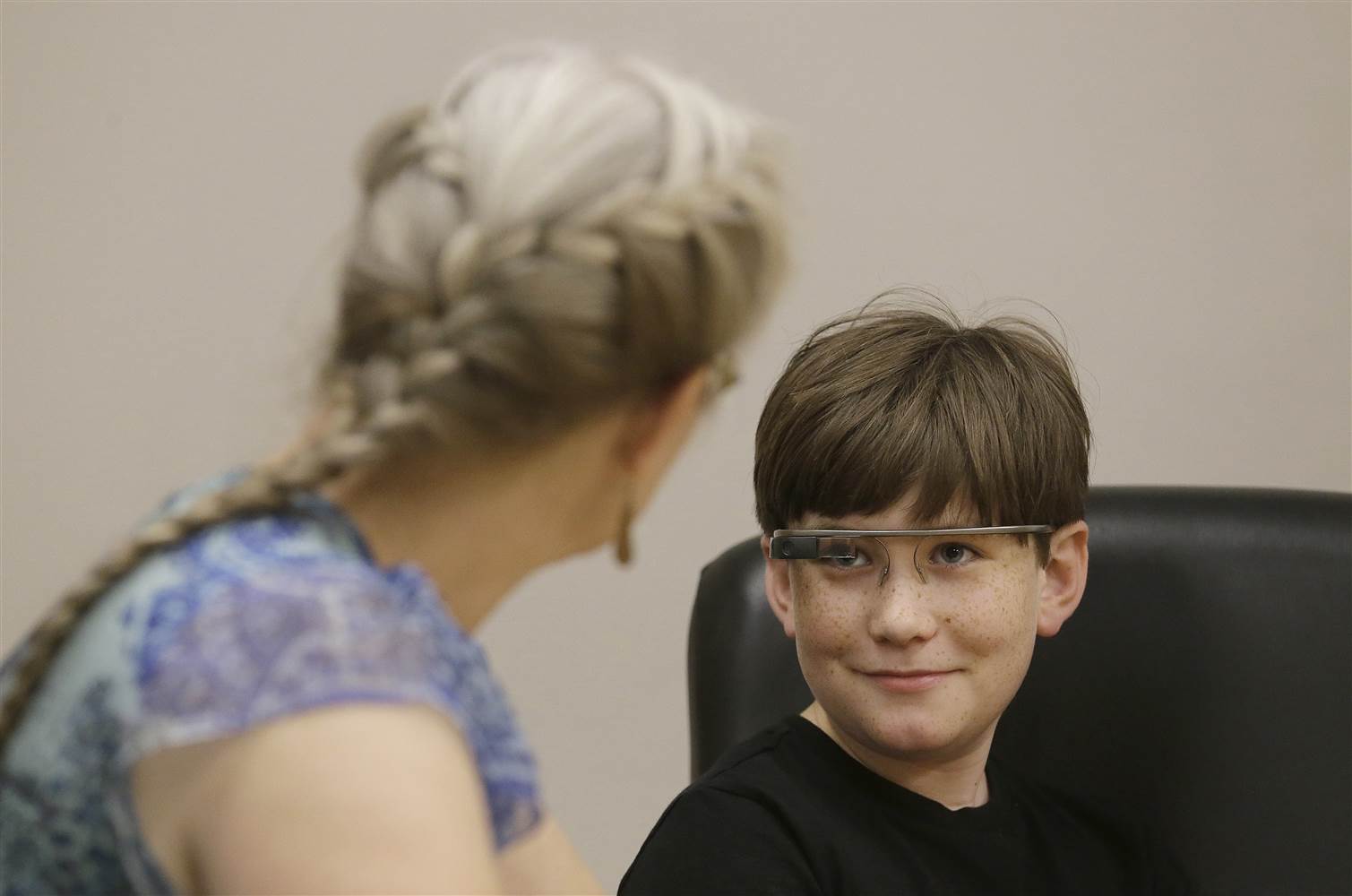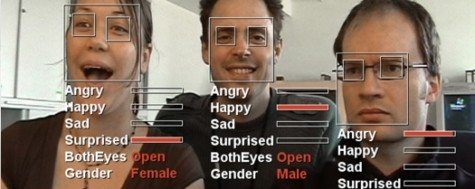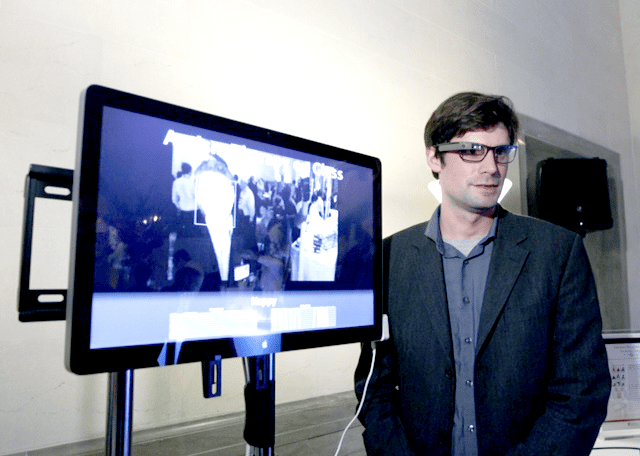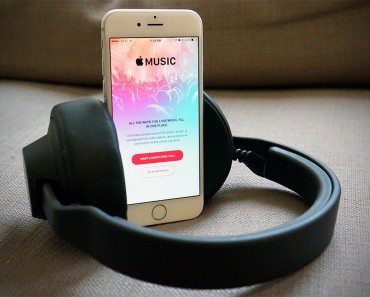Stanford University scientists found a way to help kids with autism understand emotions.

via s-nbcnews.com
According to the CDC, over 3.5 million Americans are on the Autistic ‘spectrum.’ People who suffer from the neurological disorder often struggle to express themselves and understand others effectively. They don’t instinctively understand body language like the rest of us. Often, they don’t know how to control their own.
This is especially challenging at a young age. Kids can’t communicate with their peers, which prevents them from socializing. As a result, Autistic children develop a range of anxieties and cognitive disorders.

myaspergerschild.com
Stanford’s Research & Google Glass
Researchers from Stanford University developed custom facial recognition software, which identifies what someone is feeling by analyzing facial expressions. And, thanks to Google Glass, the software is ‘live.’
Whenever a user looks at someone, the Autism Glass app instantly determines that person’s emotional state. And if their mood changes, it notifies the user in real time. The Autism Glass app displays pre-set words or emojis whenever it identifies the corresponding emotion on someone’s face. It also alerts you if your own facial expression changes.

via giga.de
The app has been so effective that Stanford funded a two-year case study. Each of the 100 Autistic kids (under the age of 10) who were selected for the study, wears Autistic Glass for about 20 minutes a day. The results are recorded to a smartphone and automatically sent to Stanford’s servers.
“We had the idea of basically creating a behavioral aide that would recognize the expressions and faces for you and then give you social cues according to those.”
via associatedpress.com
Dennis Wall, director of the medical school’s research lab, told the Associated Press that the initial idea was to create an emotion-detection tool. But the result turned out to be something much better – a tool that “teaches children with autism how to tell what a face is telling them on their own.” He added that he believes “when that happens they will become more socially engaged.”
“Google Made This Possible”
Though Google Glass failed to become the next wearable gadget trend, the device has definitely found a worthy purpose. It hasn’t been produced since 2014, though you can still easily buy one today. When they heard about the Stanford study, Google’s staff donated 35 of the devices to the cause.

via dailytimesgazete.com
Aside from the donation, the tech company hasn’t really done much. Of course, Google’s real input was creating the only hardware device that makes this possible in the first place. Then again, the App could have definitely been improved with the input of the world’s largest IT company.
Impact
Aside from helping kids with Autism become active members of society, Autism Glass allows them to communicate with their friends and loved ones on a whole new level. Kristen Brown, mother of two of the study participants told reporters that “It has helped our son (who’s using the Google Glasses) connect with the family more, I think the glasses are a positive way to encourage a kid to look someone else in the face.”










